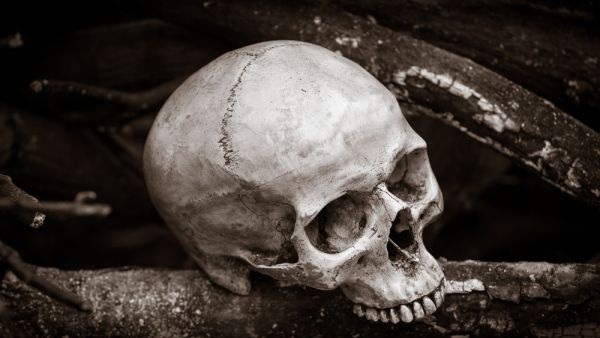Scientists have discovered a nearly-whole human skull of an ancient ancestor that lived 3.8 million years ago, a species boasting an intriguing mixture of apelike and humanlike characteristics.
The fossil dubbed MRD, which provides insight into a pivotal period for the evolutionary lineage that eventually led to modern humans, belongs to the species Australopithecus anamensis, which first appeared roughly 4.2 million years ago, Reuters reported.
The species is considered the direct ancestor of Australopithecus afarensis, best known from the famous partial skeleton nicknamed Lucy unearthed in 1974 about 56 km from of the site in the Afar region of Ethiopia where the MRD skull was found in 2016.
{"preview_thumbnail":"https://cdn.flowplayer.com/6684a05f-6468-4ecd-87d5-a748773282a3/i/v-i-8…","video_id":"8920a085-1e78-4294-aae3-6a2b8c684fb3","player_id":"","provider":"flowplayer","video":"Hong Kong Couple Allegedly Beaten by Police in Subway Goes Viral (Video)"}
Lucy dates to about 3.2 million years ago. MRD and Lucy together stand as watershed fossils for illuminating early human ancestors.
Paleoanthropologist Yohannes Haile-Selassie, from the Cleveland Museum of Natural History, and co-author of the research published in the journal Nature, said: "This is once-in-a-lifetime discovery, and there was nothing more exciting than that.
We are talking about the most complete cranium of an early human ancestor ever found in the fossil record older than 3 million year."
The only Australopithecus anamensis cranial remains were isolated jaw fragments and teeth, making it difficult to fully understand the species. The skull is critical for learning about a species' diet, brain size and facial appearance.
For her part, paleoanthropologist and study lead-author Stephanie Melillo of the Max Planck Institute for Evolutionary Anthropology in Germany, said the discovery finally allows scientists "to put a face to the name" regarding Australopithecus anamensis."
This article has been adapted from its original source.








